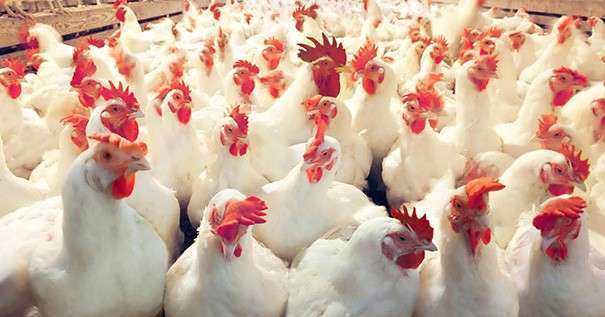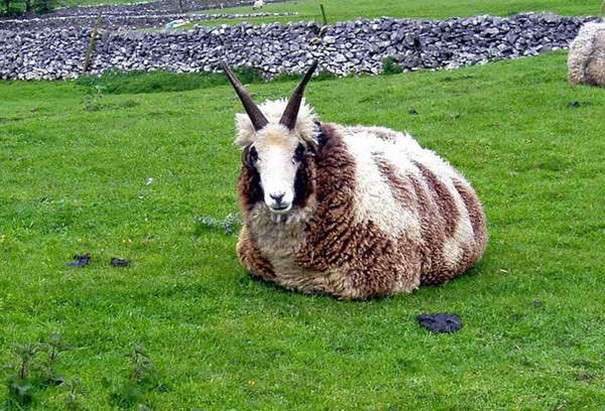Significant progress in the development of biological sciences in recent decades has made it possible to create a number of fundamentally new methods for effectively influencing the development of the organism of farm animals and correcting their heredity. The development of livestock biotechnology has been able to solve many problems, the purpose of which was to improve the genotype of the animal population.
There are two main areas in biotechnology:
- cell engineering;
- Genetic Engineering.
Animal Growth Acceleration

Strengthening resistance
Interferon is a product of the vital activity of cells produced by them in order to prevent the spread of a viral infection if it enters the body. If the body’s ability to produce this substance is strengthened, this will become a very important factor in the development of nonspecific resistance of the animal organism. The presence of interferon will create an obstacle to the interference of viruses – the development of a parallel infection, that is, the body’s resistance to the effects of infectious agents will increase significantly.
Thanks to this, it becomes possible to reconstruct the genome of an animal according to a predetermined plan and give it the desired properties. It is quite clear that by traditional breeding methods such results could be achieved only after many decades of tireless work.
Manipulation with eggs
New methods of biotechnology in animal husbandry promise a lot, in which they consistently apply:
In this chain, genetic engineering manipulations requiring great precision are performed at the zygote stage.
Transplantation

The purpose of transplantation of early embryos is to accelerate the reproduction of the offspring of valuable donor cows. For this, in vitro fertilization of eggs and washing out of 7-8-day-old embryos (zygotes) are carried out, which are transplanted to recipient cows. From a donor, 10-20 embryos can be obtained per year, which are frozen, and later transplanted to recipients at the time of their readiness. The well-established technique of transplantation makes it possible to speed up the selection of livestock by an order of magnitude or more.
Embryo transplantation can fight infectious diseases (leukemia, brucellosis). Healthy offspring can be obtained from infected cows by growing them in healthy non-pregnant wombs of sick cows.
Using transplantation, it is possible to prevent the complete extinction of rare species of animals if their embryos are transplanted to recipients of another breed. So, for example, it was possible to save the Angora sheep breed in Australia from complete extinction.
Cloning
This is the name of obtaining identical twins from somatic cells. Cells are removed from the inside of the placenta using microsurgery methods, and the somatic cell nucleus is transplanted into the egg with its own nucleus removed in advance. After that, identical twins develop from the eggs, which are a copy of the somatic cell donor.
Other biotechnology methods
- There is every reason to believe that new types of cattle with a set of unique properties will soon be bred. This will allow methods of genetic engineering – targeted in vitro construction of recombinant DNA molecules and observation of their behavior in the recipient’s cell. Scientists have already accumulated sufficient experience in in vitro cultivation of somatic animal cells, and developed reliable methods for their long-term storage at low temperatures.
- Active research is being carried out regarding the cultivation of generative cells.
- The method of aggregation of early embryos is of great importance. If you combine whole embryos obtained from different parents, you get an organism with the properties of four parents – the so-called "chimera". It has already been possible to obtain interbreed and interspecies (goat-sheep) chimeras. Successful experiments with this have been carried out in Germany and Russia.
- The sex of an animal can be determined by identifying the sex chromosomes obtained from an early embryo by biopsy methods, which are already performed with cattle.
- Biotechnology in animal husbandry uses the transplantation of a pair of embryos, which makes it possible to avoid freemartinism – infertility in cows from opposite-sex twos. There is the prospect of creating an embryonic bank with a predetermined gender, which will allow genetic resources to be used more rationally.
Biotechnology and large scale livestock breeding are just beginning to develop. Their development will mean a sharp increase in the productivity of farm animals. In some European countries, the harvesting and transplantation of embryos is still a novelty, businesses in rural areas may not yet be aware of such technologies. But even these countries are gradually becoming adherents of such high technologies in breeding livestock.

